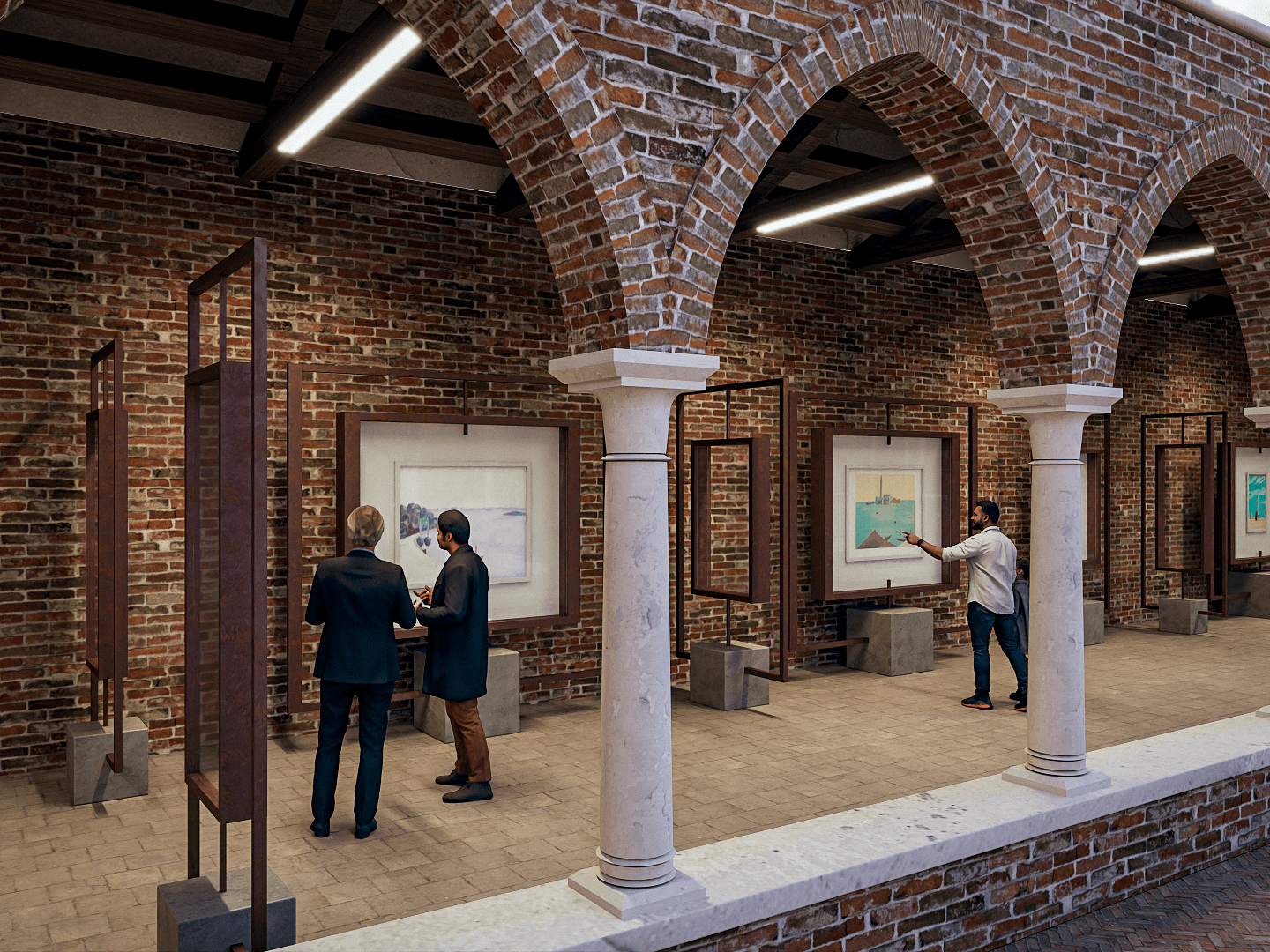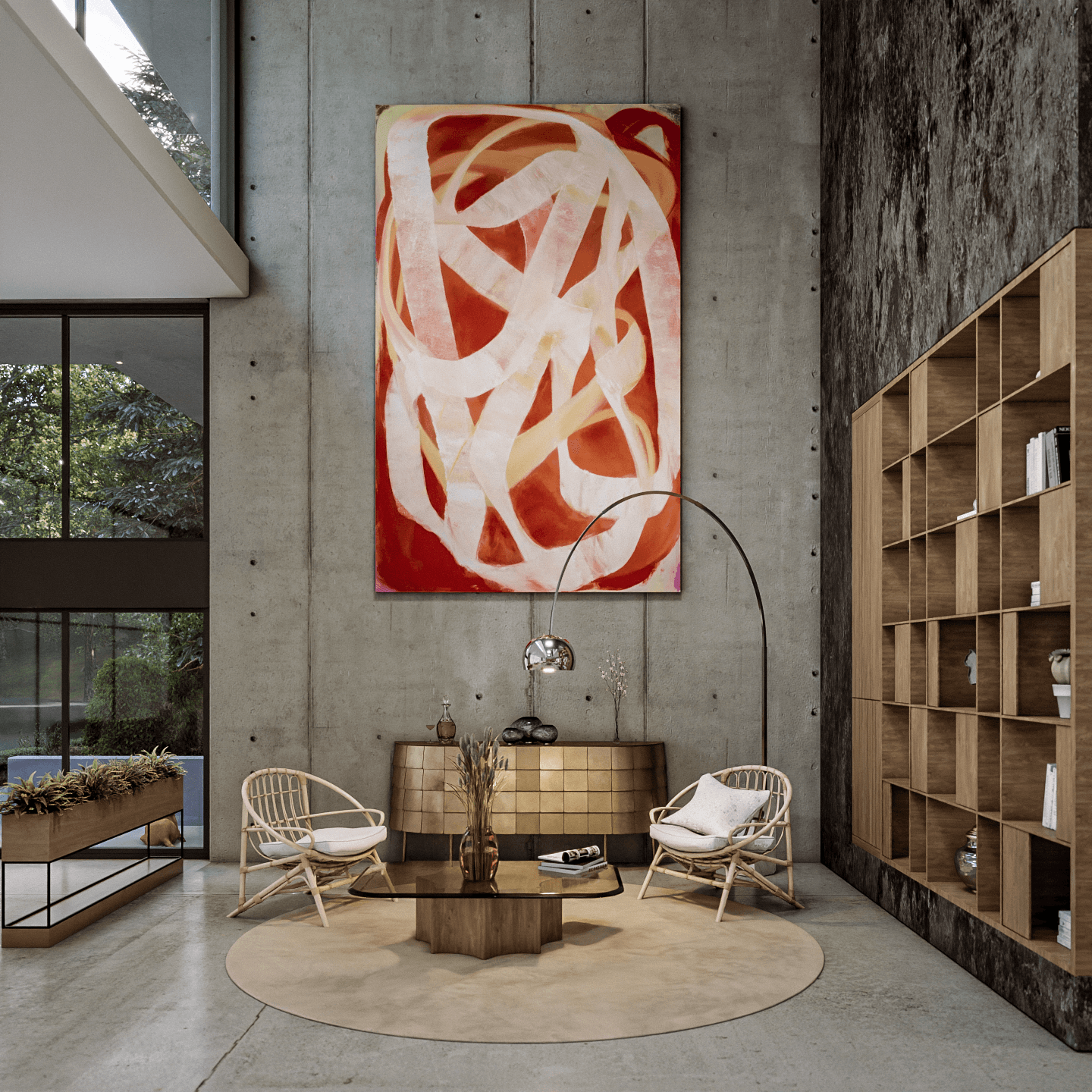
What is CGI: examples and effective applications in marketing and corporate communication
Discover the meaning of CGI and how computer graphics and special effects enhance marketing, communication, and corporate 3D animated videos.
What is CGI: examples and effective applications in marketing and corporate communication
CGI (computer-generated imagery) has become increasingly central to visual communication, allowing the creation of digital images and animations with unprecedented realism and creative control. Today, it’s used by companies across every industry to produce high-impact visual content that supports marketing and communication.
In this article, we’ll explore what CGI is, its main applications, and how to use it effectively with real examples.
What s CGI (computer-generated imagery)?
CGI, short for computer-generated imagery, is a technology that uses computer graphics to create 2D and 3D visual content, including static images, animations, and fully digital videos.
While originally used in entertainment, from cinema to video games ,to create special effects, animations, and 3D animated videos, CGI is now widely adopted across many other industries, particularly in corporate communication and advertising. It allows the representation of objects, environments, and scenarios with astonishing detail and realism, often indistinguishable from reality.
This is precisely the strength of computer graphics in business communication: unlike photography or traditional video, CGI offers total creative freedom, enabling the creation of realistic or even surreal images where every element can be designed, modified, and animated digitally — free from physical or logistical constraints.

The differences between CGI and AI
Alongside CGI, today’s marketing and communication professionals also make frequent use of artificial intelligence (AI). However, while both involve advanced digital tools, they operate on fundamentally different principles.
CGI relies on 3D graphics software to create realistic or stylized visuals through a manual, human-driven creative process.
AI, on the other hand, can generate visuals from text prompts or data using pre-trained models. Although AI is revolutionizing speed and accessibility in content creation, CGI remains the preferred tool when absolute control, technical precision, or brand consistency are required.
Types and applications of CGI in marketing and advertising
Thanks to its versatility and ability to transform any idea into high-impact visuals, CGI is no longer just a creative tool, but a powerful ally for companies, brands, and agencies that want to stand out.
Let’s explore what can be created with CGI and in which fields it can be applied successfully.
3D animated videos and digital animations
3D animated videos and digital animations allow brands to tell stories, explain concepts, or present products in a dynamic and emotional way. They are widely used in advertising spots, hero videos for marketing campaigns, corporate explainers, and social media content such as reels, stories, and teasers.
Photorealistic 3D rendering
Photorealistic 3D renderings are computer-generated images that precisely simulate materials, lighting, textures, and real-world settings. They offer a highly detailed and controlled representation, ideal for replacing complex or impossible photoshoots.
Common uses include:
- Digital catalogs and product visualizations for e-commerce
- Advertising materials for ADV campaigns (especially in interior design and furniture)
- Technical or promotional materials for fairs and presentations


Motion capture and CGI special effects
Motion capture (mocap) captures real human movements and transfers them to digital 3D characters, animating avatars or digital humans with fluid, realistic motion. It’s especially useful for reducing manual animation time in complex projects, particularly when working with CGI special effects and advanced visual effects (VFX).
Learn more at Vicon, a world leader in motion capture technology.
Augmented reality (AR)
Augmented Reality (AR) overlays digital elements onto the real world via smartphones, tablets, or headsets. In this context, CGI enables the creation of realistic 3D assets that seamlessly integrate with the physical environment, delivering advanced, interactive experiences.
Main applications include:
- AR catalogs and 360° product visualization
- Interactive configurators (in-store or online)
- Event and trade show engagement
- Immersive marketing campaigns
Virtual reality (VR)
Virtual reality creates entirely digital environments where users can move freely and interact in real time. Combined with CGI and visual effects, VR can produce immersive virtual showrooms, hyper-realistic settings, and complex simulations, ideal for creating emotionally engaging brand experiences at fairs or events.
Virtual production
Virtual production merges CGI, real-time filming, and interactive digital environments, often integrated with LED screens or immersive setups. It allows the filming of complex scenes without building physical sets, offering total visual flexibility. This approach is widely used for high-end commercials, corporate videos, and premium event content shot in otherwise inaccessible locations.
Discover more about Ophir Studio’s virtual production services.
CGI case studies and real applications
In modern marketing, CGI has become a strategic tool capable of turning simple communication into impactful visual storytelling. Many international brands use it to revolutionize how they present their products elevating brand perception, engagement, and visual standards. Let’s explore the following examples:
Hermès – “Threads in Motion”
A refined example of CGI animation and motion design in luxury marketing, transforming textile threads into digital art that blends visual effects, elegance, and immersive storytelling.
Dacia AR – The augmented reality app to configure your car in 3D
The Dacia AR app allows users to configure Dacia models in 3D and visualize them in augmented reality, even at full scale, offering a fully immersive experience. A perfect example of computer-generated imagery in automotive marketing.

Cassina – Virtual Showroom Tour
Cassina offers a virtual tour of its Milan showroom, where CGI and digital environments let users explore iconic furniture collections immersively, an excellent example of VR applied to retail to enhance brand experience and customer engagement.

The advantages of using CGI in corporate marketing
- Full control over every image detail (lighting, materials, environments) with top-quality results, independent of physical locations.
- Reduced time and cost; ability to showcase products still in development or illustrate technical or abstract concepts.
- Adaptability across multiple channels and formats: e-commerce, social media, trade fairs, and augmented reality.
Conclusions
CGI is one of the most powerful and versatile tools to enhance a company’s visual communication. Whether promoting a product, simplifying a technical concept, or creating an immersive experience, computer-generated imagery offers limitless creative possibilities — combining efficiency, control, and quality.
At Ophir Studio, active since 2018, we specialize in CGI and 3D animation for brands seeking to stand out in the digital landscape. We collaborate with marketing teams, agencies, and communication departments to transform complex ideas into clear, engaging, and memorable visual content.
If you want to discover how CGI can elevate your product or project, contact us — we’ll support you from creative strategy to full production.
FAQ
Which software is used for CGI?
For 3D modeling and animation, the most common tools are Blender, Maya, 3ds Max, and Meshy.AI. Rendering engines include Arnold, V-Ray, and Redshift. For compositing and visual effects: Nuke, Adobe After Effects, and Fusion are widely used.
What’s the difference between CGI and VFX?
CGI (Computer-Generated Imagery) refers to creating digital images or animations through 3D modeling, rendering, and animation software. It’s a subset of VFX (Visual Effects), which also includes compositing, green screen, motion tracking, and live-action integration.
How does CGI work?
CGI (also called computer graphics) works through 3D software that models, animates, and renders digital objects. The process involves creating models, applying textures and lighting, animating them, and finally rendering, achieving realistic or stylized visuals with full creative freedom.
Which companies produce CGI?
CGI content is created by creative agencies, 3D design studios, and animation companies specializing in digital visual production. They handle 3D modeling, animation, rendering, and visual effects for advertising campaigns, corporate videos, films, events, and interactive projects.
Contact us!





